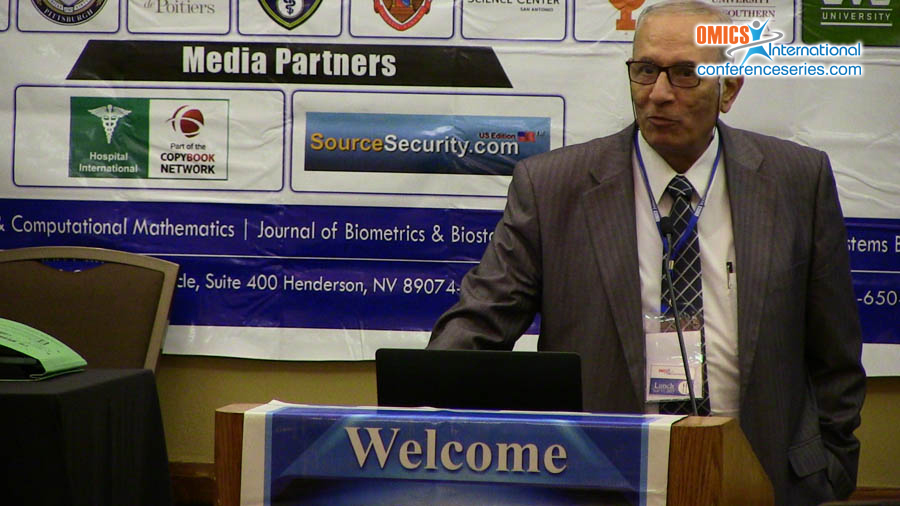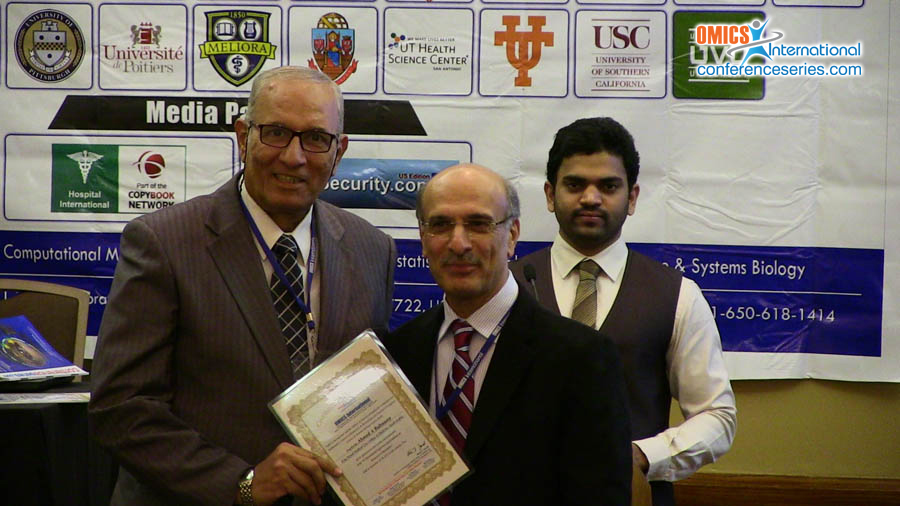
Ahmed A Bahnassy
King Fahad Medical City College of Medicine
Saudi Arabia
Title: Teaching biostatistics to undergraduate Saudi medical students
Biography
Biography: Ahmed A Bahnassy
Abstract
Background: The knowledge and ability to use biostatistical techniques have become increasingly important in management of data and interpretation of results of different of studies related to health sciences. Understanding biostatistical methods may improve clinical thinking, decision making, evaluations, medical research and evidence based healthcare. Unfortunately, there is an increasing gap between medical students and mathematical notations usually part-and-parcel of medical and biostatistics. Lack of connection between medical curricula and introductory courses in statistics has negative attitude among medical students. This study is aimed at evaluating the effect of a new teaching method (which is based on a mix of theoretical concepts and its applications using computer facilities) in teaching biostatistics to undergraduate medical students in a Saudi Faculty of Medicine, and to measure the students’ ability to understand the results of the statistical tests of the computer output and interpret them in meaningful texts. Methods: A new method of teaching biostatistics based on teaching theoretical concepts and application of the lectures using a real clinical dataset using PC-SPSS software. The results of this new teaching method were compared to the conventional method (based on lectures and scientific calculations) in two classes in two academic years. Results: Students in the two classes were 114 students; each class had 57 students. The new method’s class scored significantly higher than those who were taught using the traditional method in the following topics: measures of variability, confidence intervals testing hypothesis, t-test, Analysis of Variance (ANOVA), multiple linear regression and data presentations. Writing and interpreting the results showed borderline statistical difference between the two methods. Mean satisfaction scores for the students toward biostatistics were significantly higher for the new method than the traditional one (p<0.05). Conclusion: Teaching biostatistics for medical students should avoid calculations. Using computer software is recommended for analysis of real medical data.






